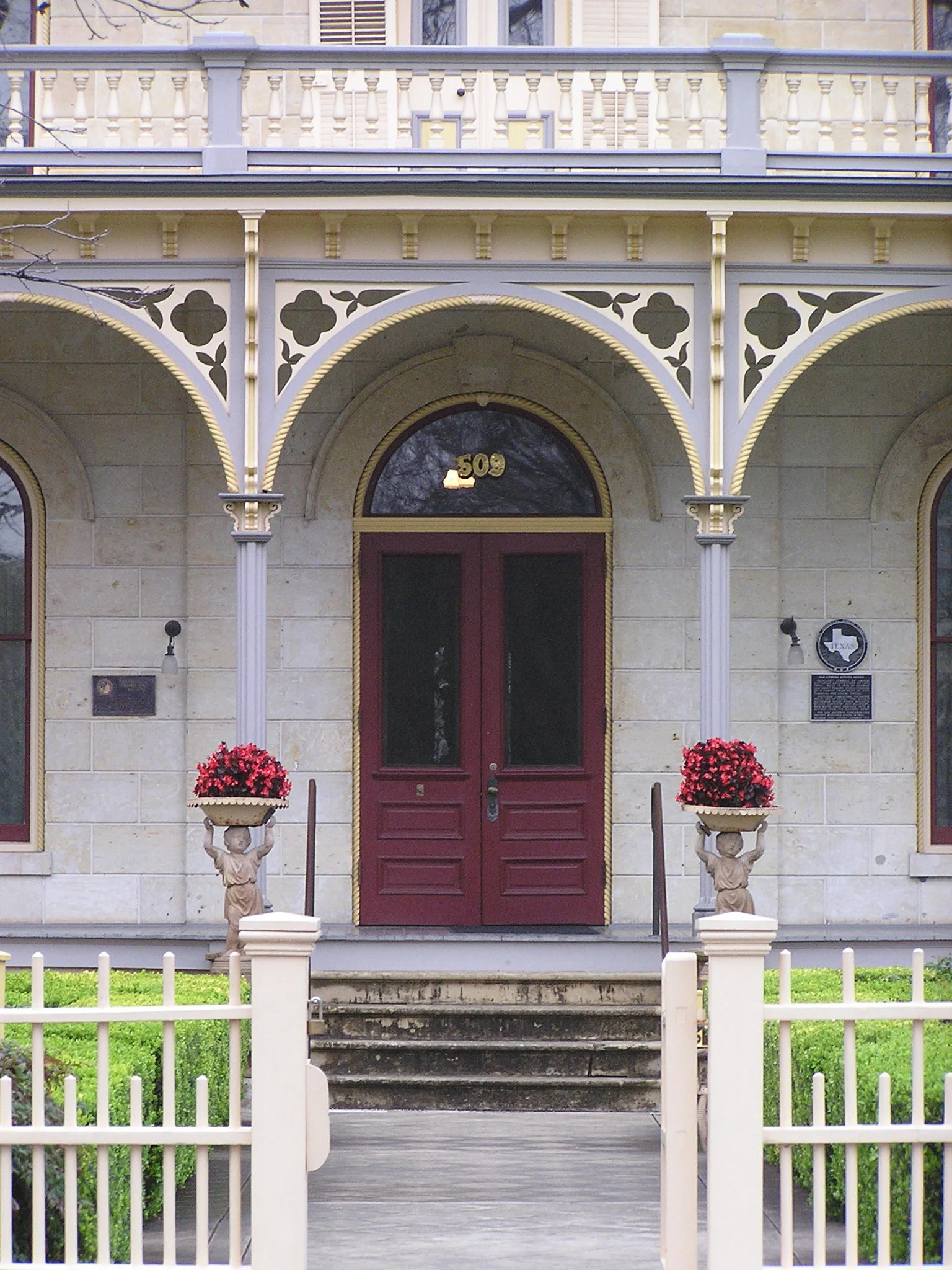Green Strategies for Historic Homes

Written by: Cory Edwards, Office of Historic Preservation Staff
The greenest building is one that already exists.
Reusing and adapting historic buildings and neighborhoods reduces our consumption of raw land, new materials, and other resources. Rehabilitating existing buildings and maintaining existing materials are sustainable solutions and are most often more cost effective over the life of the building than replacement or new construction.
Preservation, by nature, is sustainable! Here are some options for green strategies to implement into your historic home.
Repair and retain historic wood windows. Historic windows have lasted for decades, and with regular repair and maintenance, they can last for many decades more. Historic wood windows feature old growth lumber, which is extremely durable. They are composed of individual components that can be repaired or replaced over time without requiring removal of the entire window system. Replacement windows cannot be repaired over time, only replaced. This is a wasteful cycle which contributes to landfill. Caulking and weatherstripping can make historic windows air tight, and installing a low-profile storm window that is clipped into place can make a historic window just as energy efficient as a new replacement. Replacement windows, even ones with the best quality, only last about 20 years, so when you look at the long term investment, repairing windows is also cheaper.
Consider adding attic insulation. The majority of heat gain/loss occurs through the roof. Adding wall insulation should only be considered as a last resort. Historic homes were designed to breath, and adding insulation in walls can result in moisture retention which leads to further decay.
Shade your historic home. Plant deciduous trees which provide a shade canopy during the summer months. Implement shutters and awnings which were used historically to reduce heat gain.
Reduce landscape watering. Implement a landscaping plan that incorporates native species that require less watering.
Reduce your impervious footprint. Avoid installing solid concrete or asphalt driveways or large hardscaped areas. This increases stormwater runoff as well as contributes to the heat island effect.
Solar should be considered when appropriate. Solar panels should be mounted flush with the roof they are fixed to, and sited towards the rear of the structure, away from the street.
Cisterns and water collecting strategies are also appropriate with sited towards the rear of the property to reduce the visual impact from the public right-or-way.
Reduce, Reuse, Recycle. Consider obtaining replacement materials from architectural salvage yard vs. buying new. If new materials are being purchased, consider local and sustainable options. Build SA Green is a great resource for discovering options that work best for your property.
Donate. When removing historic materials from your home, they should be donated or sold to avoid landfill.
Summary
When looking at energy efficiency of a house, a comprehensive approach works best. All factors that affect efficiency have to be looked at together for the most successful result. For example, installing energy efficient windows is ultimately not effective if you have not insulated the roof. Implementing several of the above strategies is the best approach to making your historic home as energy efficient as possible!

